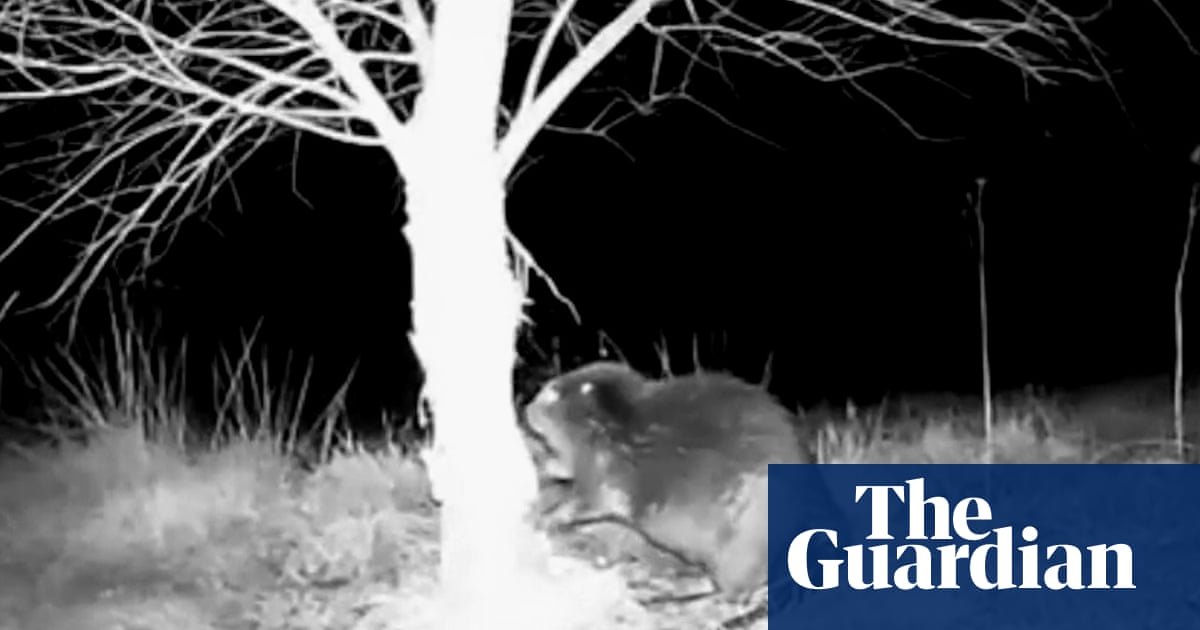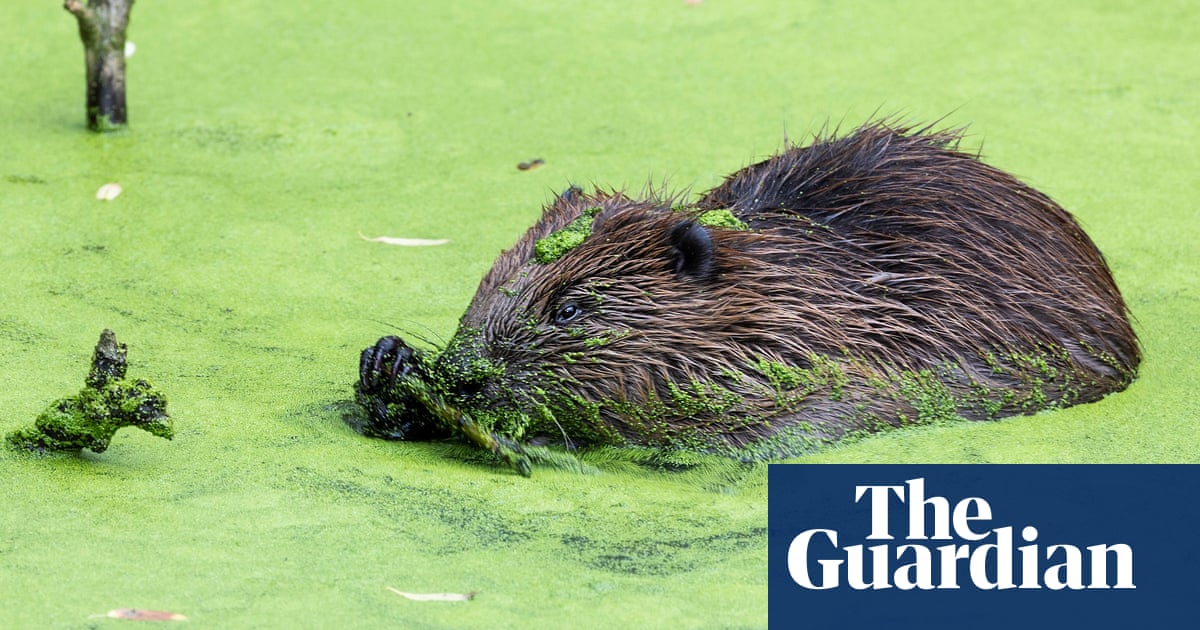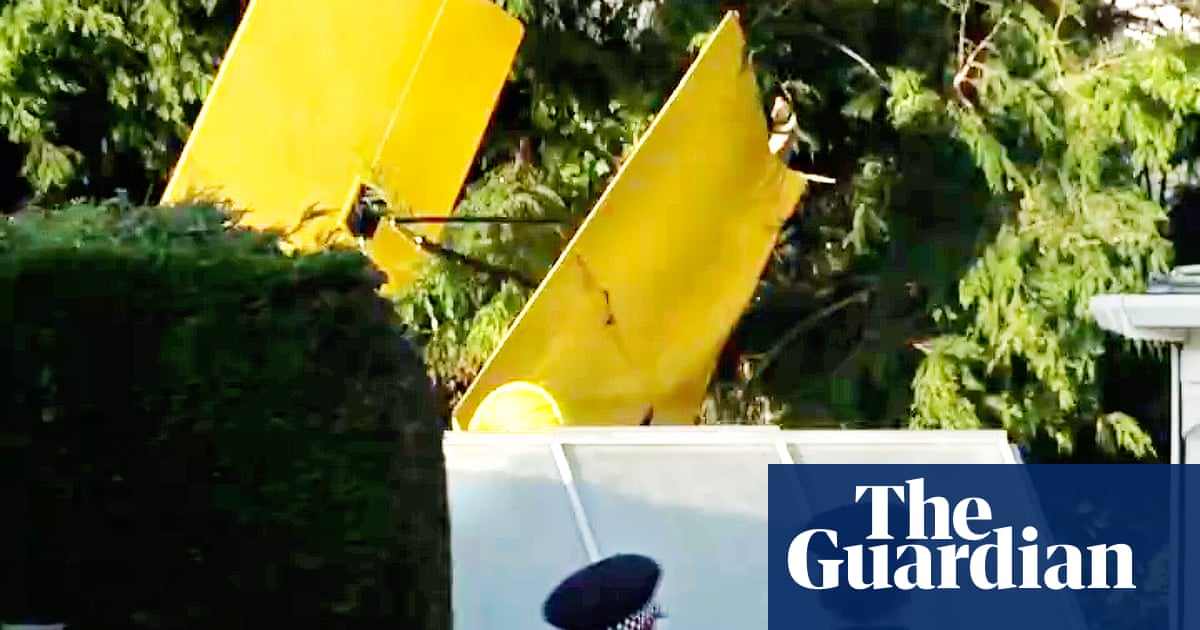
Creeping through the darkness, the midnight vandal fells yet another tree with “machete-like” skill.
On a hidden camera planted in their garden, a couple whose trees disappeared from their garden “overnight” have unmasked the unlikely culprit: the first wild beaver spotted in Wales in years.
The discovery has baffled wildlife experts because Wales’s wild beaver population is virtually nonexistent. A small number in colonies several miles away are all accounted for.
The couple, who want to remain anonymous to protect the animal’s location, said: “Some of our trees began to go missing overnight and others were simply being mauled. It looked like someone was hitting them with a machete.
“There are no deer in Pembrokeshire so we couldn’t work out what was causing the damage. The only clues were some teeth marks left in the bark.”
Two weeks after first noticing the damage the couple left out a stealth camera. “To our astonishment, the camera showed a beaver swimming around our pond and eating our trees. We couldn’t believe it,” they said.
The animal’s origins are unknown, but it was found living near a rural property in Pembrokeshire, where it had started to build itself a lodge under the family’s pond deck.
Nicknamed Anthony by the family after the military historian Antony Beevor, the rodent has become as “fat as a pig,” spending as much as six hours a night chewing tree trunks and dragging branches around.
Beavers, which can grow to the size of a large spaniel, were once found throughout Britain but were hunted to extinction in the 16th century for their fur, meat and the oil in their scent glands.
They have, however, been slowly reintroduced in recent years. Since the first reintroduction in Argyll in 2009, beaver numbers have been increasing across the UK through enclosed colonies set up by various wildlife trusts.
This is thought to be only the fourth time a beaver has been found living wild in Britain.
Alicia Leow-Dyke of the beaver project at Wildlife Trusts Wales, said it was a nice surprise to see the creature seemingly enjoying life in the wild – though how it got there was “a bit of a mystery”.
The most likely theory is that it was released by rewilding enthusiasts, who have let beavers roam free elsewhere in Britain because of their positive effect on the ecosystems.
“They are social animals and live in a family group, but there will be times when they will leave those groups and look for their own mates,” said Leow-Dyke. “But in a situation like Pembrokeshire [where there are no other known wild beavers] that’s the rarity of it.”
Other wild populations have been discovered in Scotland’s Tay-Forth catchment area and on the Avon near Bristol.
A similar discovery was also made on the River Otter in Devon in 2014, despite there being no reintroduction trials in the area.
The Department for Environment Food and Rural Affairs (Defra) initially planned to remove the animals, but the Devon Wildlife Trust persuaded it to allow England’s first wild beaver trial.
The trial was successful and Defra announced in 2020 that the beavers could stay. The animals became protected in law in England in October 2022, but no such protection exists in Wales, where environmental law-making is devolved.
The couple said they wanted Wales to follow England in protecting beavers by law, and that they were happy for their new guest to stick around.
“We love watching the beaver go about his business at night on the stealth cameras and with so much habitat and food we hope it will stay long term,” they said.












